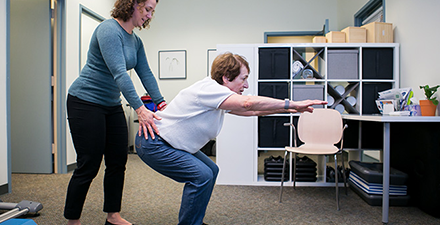More than six months after the Centers for Disease Control and Prevention released guidelines designed to reduce the long-term use of opioids for the treatment of most pain, a Washington Post-Kaiser Family Foundation survey highlights several factors contributing to ongoing use.
- 34% of survey respondents who had taken opioids for at least two months said they had become addicted or chemically dependent, while 54% of opioid users' household members surveyed said they thought the opioid user would struggle to discontinue use.
- Only 65% of those surveyed said their doctor talked with them about the possibility of addiction when prescribing the drugs, and only 62% received education from their physician about other ways to manage pain.
- 68% said that the pain relief provided by opioids outweighs the risk of addiction.
- 31% said they had not tried managing pain with "treatments such as physical therapy, acupuncture, or meditation."
The CDC guidelines instruct that "clinicians should consider opioid therapy only if expected benefits for both pain and function are anticipated to outweigh risks to the patient."
If opioids are prescribed, the CDC encourages a "start low, go slow" approach to the drugs, to minimize the risk of addiction or overdose. The CDC also urges nonopioid treatments like physical therapy to be utilized, even in cases when opioids are deemed necessary.
Physical therapists partner with patients, their families, and other health care professionals to manage pain through movement and exercise.
Before you agree to a prescription for opioids, ask if physical therapy might be right for you. Download our free pain profile to help you talk to your doctor about your pain history and treatment preferences.
Physical therapists are movement experts. They improve quality of life through hands-on care, patient education, and prescribed movement. You can contact a physical therapist directly for an evaluation. To find a physical therapist in your area, visit Find a PT.
The American Physical Therapy Association raises awareness about the risks of opioids and the safe alternative of physical therapy for long-term pain management. Learn more at our Safe Pain Management page.


